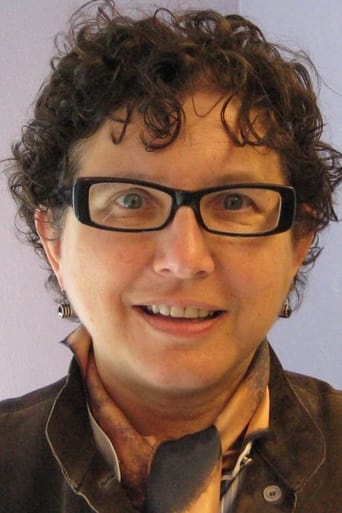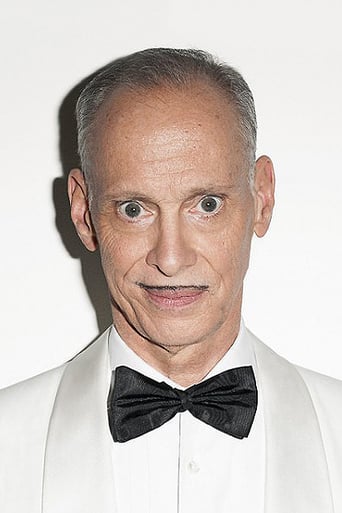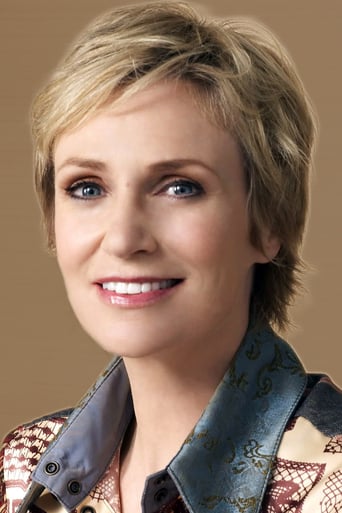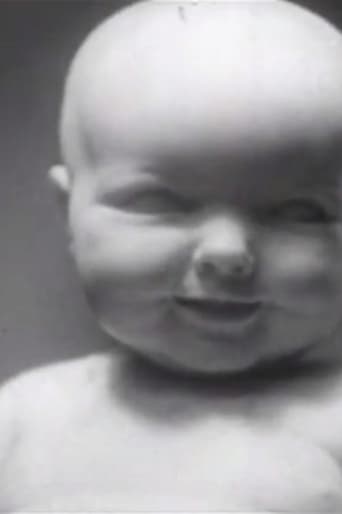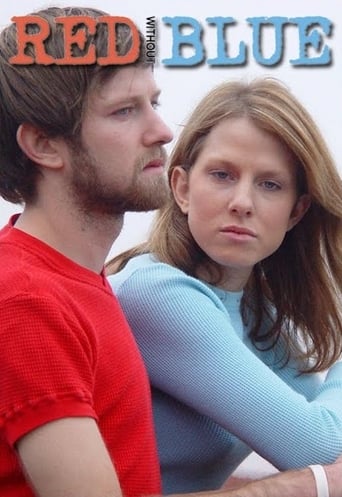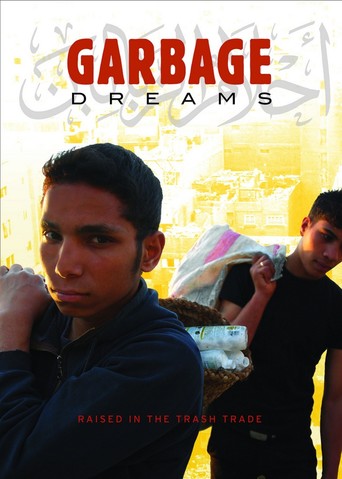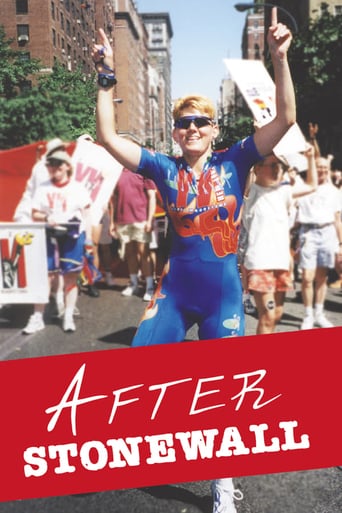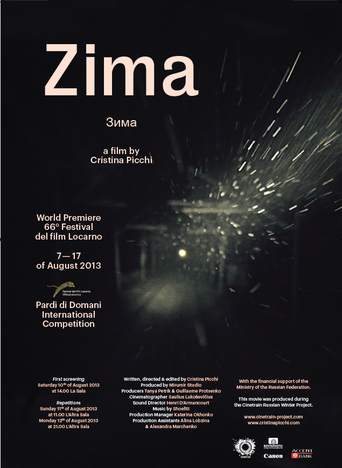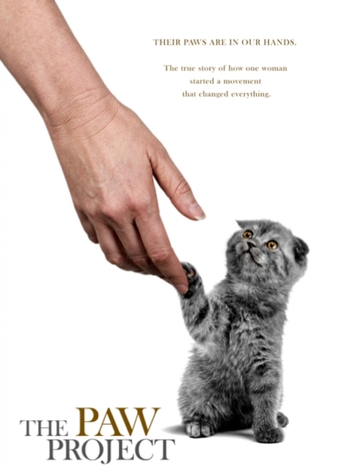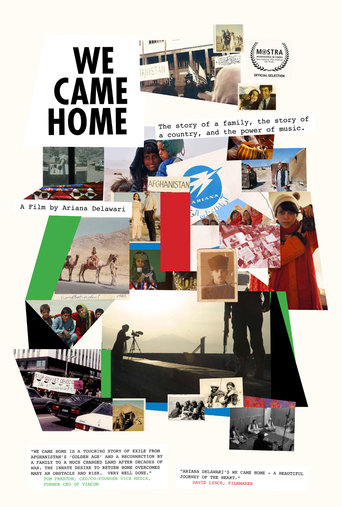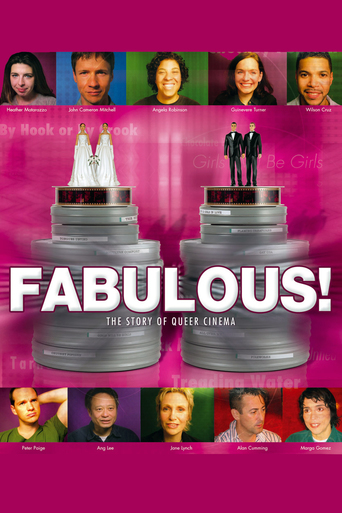
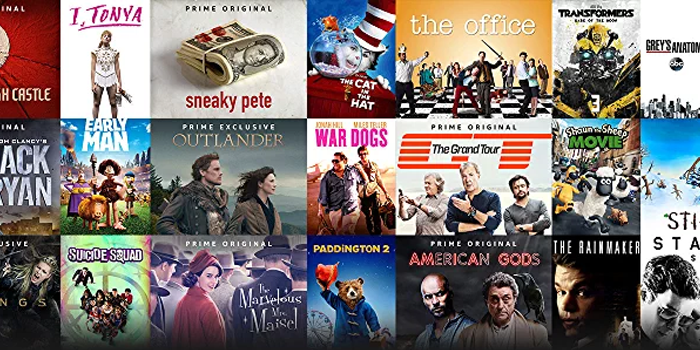
Fabulous! The Story of Queer Cinema (2006)
A chronological look at films by, for, or about gays and lesbians in the United States, from 1947 to 2005, Kenneth Anger's "Fireworks" to "Brokeback Mountain". Talking heads, anchored by critic and scholar B. Ruby Rich, are interspersed with an advancing timeline and with clips from two dozen films. The narrative groups the pictures around various firsts, movements, and triumphs: experimental films, indie films, sex on screen, outlaw culture and bad guys, lesbian lovers, films about AIDS and dying, emergence of romantic comedy, transgender films, films about diversity and various cultures, documentaries and then mainstream Hollywood drama. What might come next?
Watch Trailer
Cast


Similar titles
Reviews
Fabulous! will be most interesting to people who have no knowledge of queer films. Anyone who already has a semi-decent working knowledge of queer films will probably find Fabulous! to be an OK choice to watch/listen to while going through a pile of unsorted mail. Anyone hoping to find information about films they've never heard of will probably be disappointed.Fabulous! does a good job including many films that could be tagged L, G, B, T, and Q though it quickly passes over or neglects some that seem like they'd have a bigger role in a documentary like this. There are a lot of interviews with makers and supporters of queer cinema. Actually it's essentially all interviews, Fabulous! is a talking head film with a few clips thrown in here and there. Some of the interviews, especially those with queer actors, offer little more than "Oh my god, I loved (insert queer film title here)!".Ironically for a film about film Fabulous! could have been just as effective as radio documentary because it's not a film you really need to watch to get anything from. Most the time you're just staring at someone's face as he or she talks. Every now and then the talking heads are interrupted by a clip, still shot, timeline of 20th century gay history, or montage of queer film titles. The words and still images are thrown on the screen so briefly you can barely read anything or take in the images.Over all Fabulous! (a terrible gay cliché title that doesn't describe all queer films) feels like a promotional film for a film fest, queer TV channel, or DVD rental service...Which it just might be as Netflix was somehow involved int the production.
Sure, for a newcomer, 'Fabulous! The Story of Queer Cinema' was educational. For people that have been around the queer-independent block a few times, it was ho-hum for the most part. Some interviews were insightful, mostly by John Waters, but others told us what's already been said before. And the time line they showed throughout was a bit off-subject, if this was, in fact, a documentary on "queer cinema" and not on miscellaneous gay events. However, they did hit the nail on the head with the overabundance of "coming out" and "AIDS" stories. I seriously thought I would pull my hair out if another one of either genre came out in the 1990s. I understand this movie came out in 2006, so thankfully they got to 'Brokeback Mountain' but missed the new trend in more recent cinema: the return of homophobic male-bonding/bromance features. I even liked 2009's 'The Hangover' but once again, it seems the new trend is the recent craze to justify homophobic behavior. People do see it as funny, but unfortunately it allows the young males seeing this justify their hatred or simply scared actions. Unfortunately, this documentary didn't touch on that, but still it was an insightful look at pre-coming out cinema (including 'Beefcake' features) and it was nice to see a documentary that's raw and uncensored (full frontal nudity and language abound.) It's worth a viewing.
For someone who is not familiar with the history of gay and lesbian cinema, this was an outstanding introduction to the subject.I was fascinated with the early "gay" films and the fact that they were basically pictures of muscle men. I can imagine the Governator in some of these films.What was significant and more important than the lack of films was the fact that gay and lesbian youth did not have any role-models to tell them that they were OK in how they felt. How many suicides resulted in a lack of gay films and gay actors on television? Taking us through the early days to today and thinking about the future of gay and lesbian films, it was an eyeopening experience and a must see for anyone interested in cinema history.
If this film were called "The Story of American Queer Cinema" I would give it a higher rating, although --as it has been written in other reviews-- it only covers a small sample of its subject in American cinema, mostly independent films from recent years. It is neither a work on self-representation by American gay independent filmmakers, since it also covers a few motion pictures made by heterosexual directors, who --with varying degrees of respect-- have worked with homosexual or lesbian stories and characters. The lack of references to significant mainstream titles as "Mikaël" (1924), "Mädchen in Uniform" (1931) and the very bad "The Third Sex" (1957), the three being from Germany, the interesting British drama "Victim' (1961), Fassbinder's "Fox and His Friends" (1975), "The Best Way to Walk" (1976) and "The Wounded Man" (1983) from France, the Mexican black comedy "Doña Herlinda and Her Son" (1985), or Wong Kar-Wai's dramatic "Happy Together" (1997), omits the different and many aspects of what it means to be homosexual or lesbian in other cultures, so we are left with what it means to be "gay" or "queer", one-dimensional terms that many persons from all over the world (including myself) seem reluctant to apply to themselves or anyone. In the end this omission affects the work, making it appear too light and shallow in terms of world contribution to cinematic representation of same-sex eroticism, even when a few of the testimonies and analysis of a couple of motion pictures make the documentary moderately interesting.


